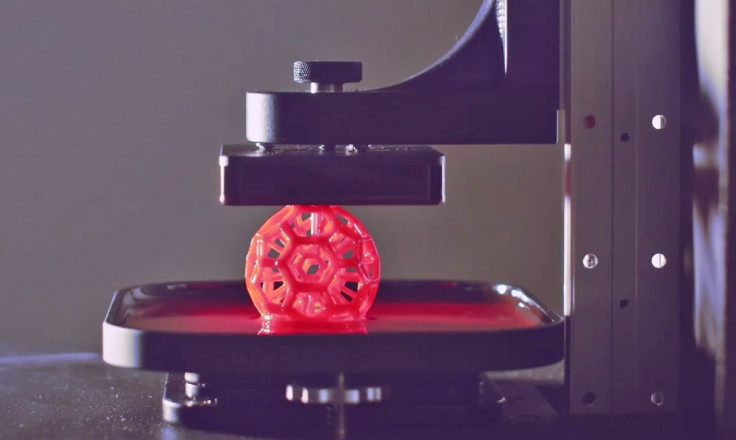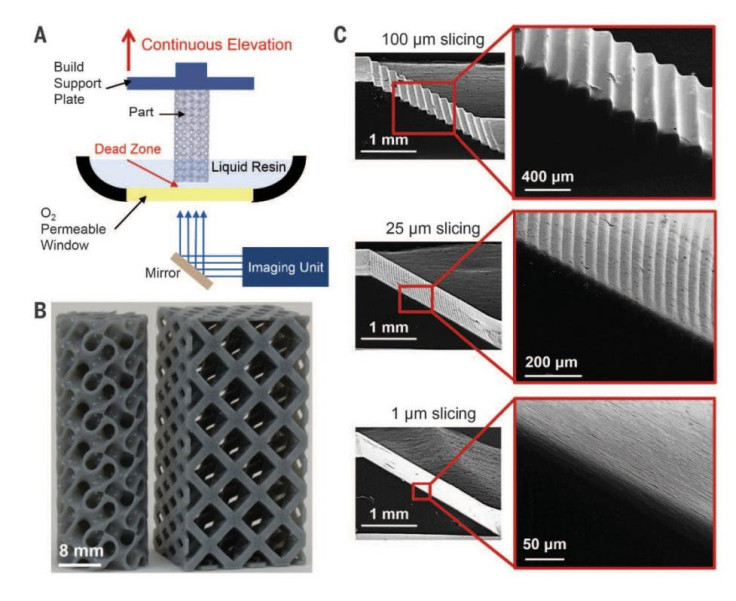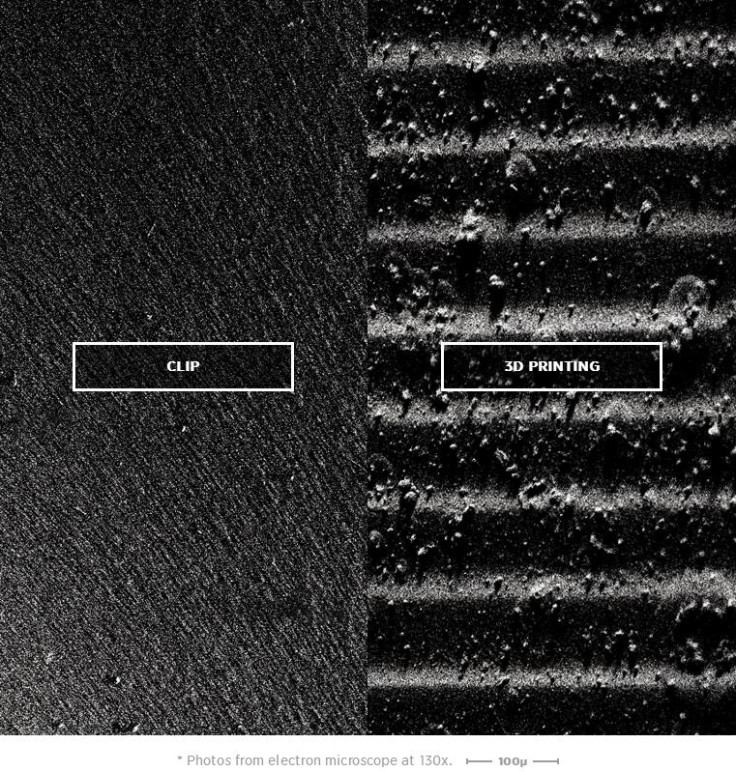Carbon3D: Amazing new 3D printing technique up to 100 times faster using light and oxygen

A start-up has debuted a new 3D printing technique that is between 25 to 100 times faster than conventional 3D printing techniques today and inspired by an iconic scene from the movie Terminator 2.
In Terminator 2, the robotic villain T-100 rises fully formed out of a puddle of metallic goo, and this is the inspiration behind Continuous Liquid Interface Production (CLIP), a new additive manufacturing technique by Silicon Valley-based firm Carbon3D.
Currently, 3D printers use Stereolithography (SLA) technology to print out objects, where a laser or projector cures a photosensitive resin, slowly printing and building up each layer of the object until the item is completed.
Using CLIP, objects are grown out of a pool of resin using both light and oxygen, rather than being printed layer by layer, and this continuous curing process speeds up 3D print times and creates objects with a smoother finish that are just as strong as conventional 3D-printed items.
When CLIP was compared to conventional 3D printing techniques like Polyjet, SLA and Selective Laser Sintering (SLS), the CLIP method took 6.5 minutes to print out an object, while the same item took the Polyjet printer three hours, the SLS printer 3.5 hours and the SLA printer 11.5 hours.
Making 3D printing like Terminator 2
"Current 3D printing technology has failed to deliver on its promise to revolutionise manufacturing," said Carbon3D's CEO and co-founder Dr Joseph DeSimone.
"Our CLIP technology offers the game-changing speed, consistent mechanical properties and choice of materials required for complex commercial quality parts."
The research behind this new method, entitled "Continuous liquid interface production of 3D objects" is published in the journal Science, and was released in conjunction with Carbon3D's talk on 16 March at the TED 2015 conference in Vancouver, Canada.
The process works by creating a transparent and permeable window, similar to a contact lens whereby both light and oxygen are able to pass through into the resin pool.
The oxygen is used to prevent certain parts of the resin from curing, while the UV light cures the areas of resin not exposed to the oxygen, and the machine controls how much oxygen and light is used.
In fact, the method is so precise that the oxygen can be controlled to create a "dead zone" where no curing takes place that is as small as tens of microns thick, so incredibly intricate details are possible.


Two chemists and a physicist
And just in case you're wondering whether this method is for real, since this company seems to have come out of nowhere, take heart.
The creators say that they have been working on the solution for over two years, and they have already secured venture capital backing worth $40m (£27m) while working with Sequoia Capital, one of the oldest and most successful venture capital firms in the world which has worked with the likes of Apple and Google.
"We think that popular 3D printing is actually misnamed — it's really just 2D printing over and over again," DeSimone told the Washington Post.
"The strides in that area have mostly been driven by mechanical engineers figuring out how to make things layer by layer to precisely create an object. We're two chemists and a physicist, so we came in with a different perspective."

© Copyright IBTimes 2025. All rights reserved.






















